Reducing Emissions in the Food & Beverage Industry Requires Farmers to Make Progress
Logistics Viewpoints
OCTOBER 9, 2023
Global food companies are increasingly promising to make progress in reducing emissions across their end-to-end value chain. In the food & beverage industry, farmers are the key suppliers. In the US, agriculture creates 11% of greenhouse gas emissions. At Indigo , soil samples and on-farm data are collected.

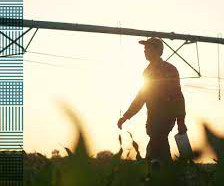
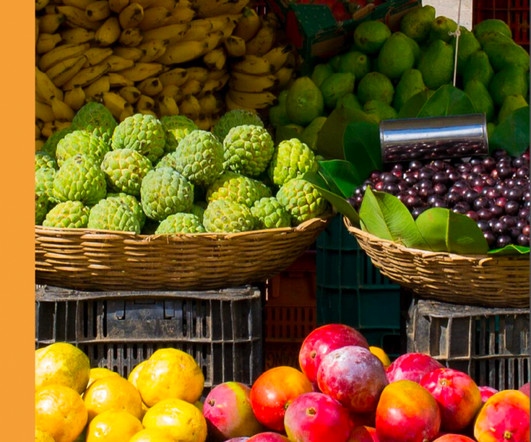
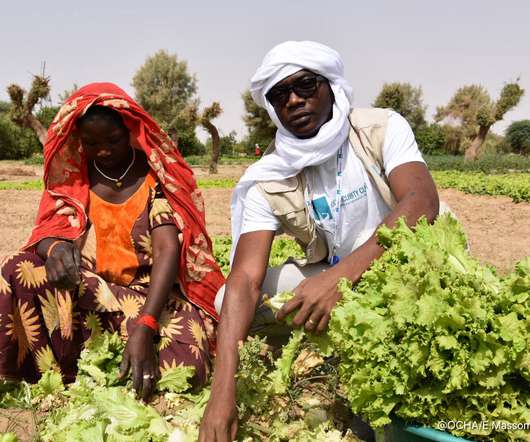
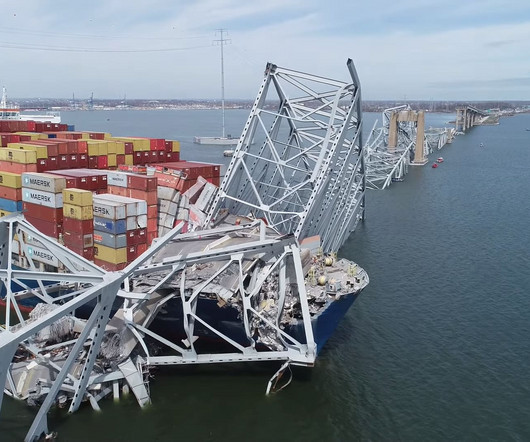
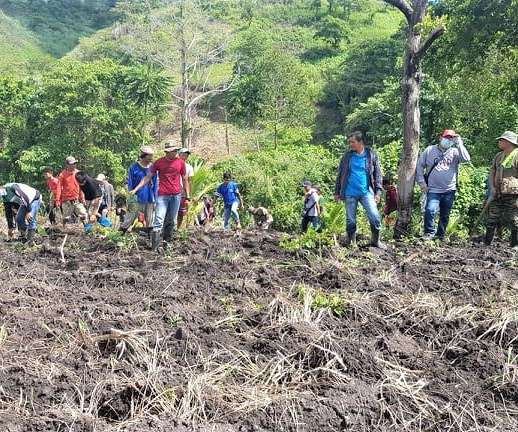
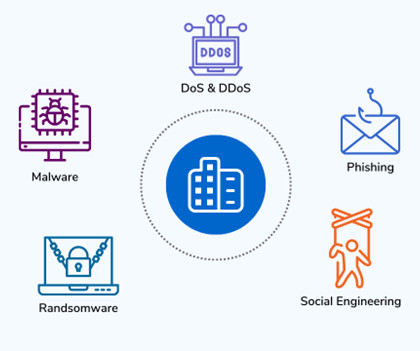
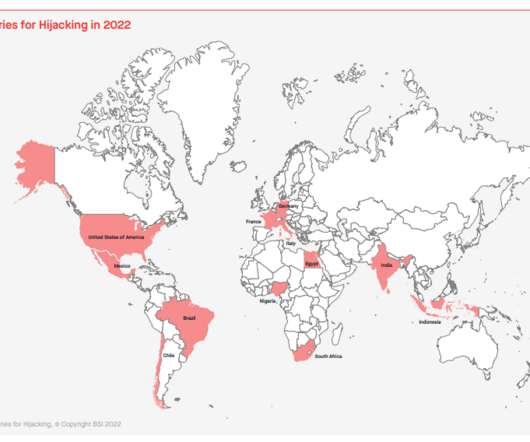


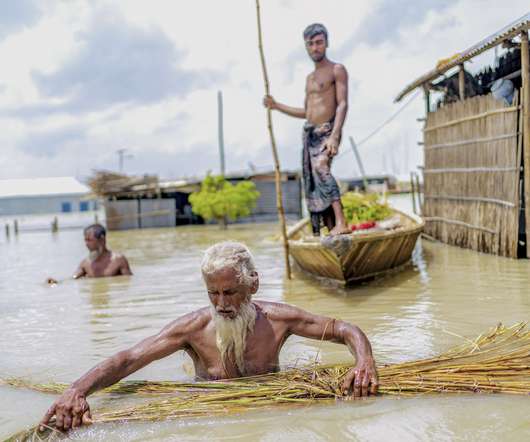
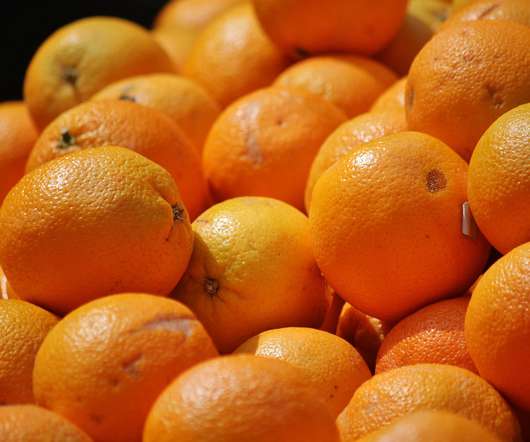





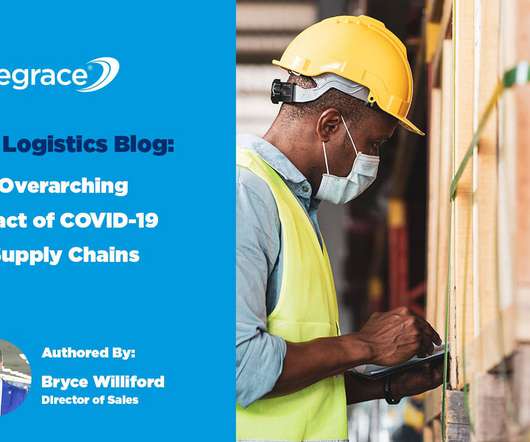
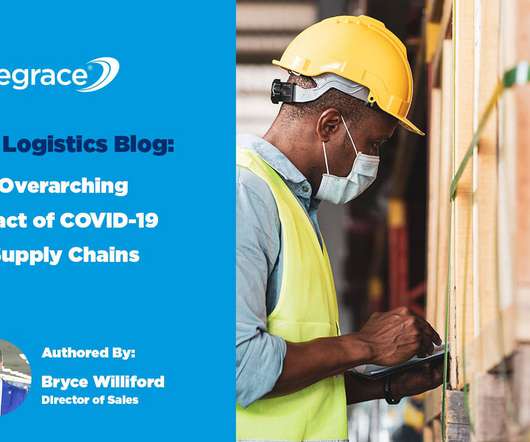


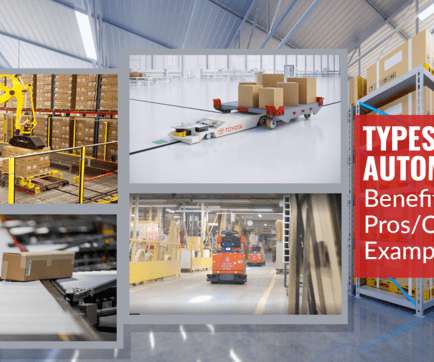











Let's personalize your content